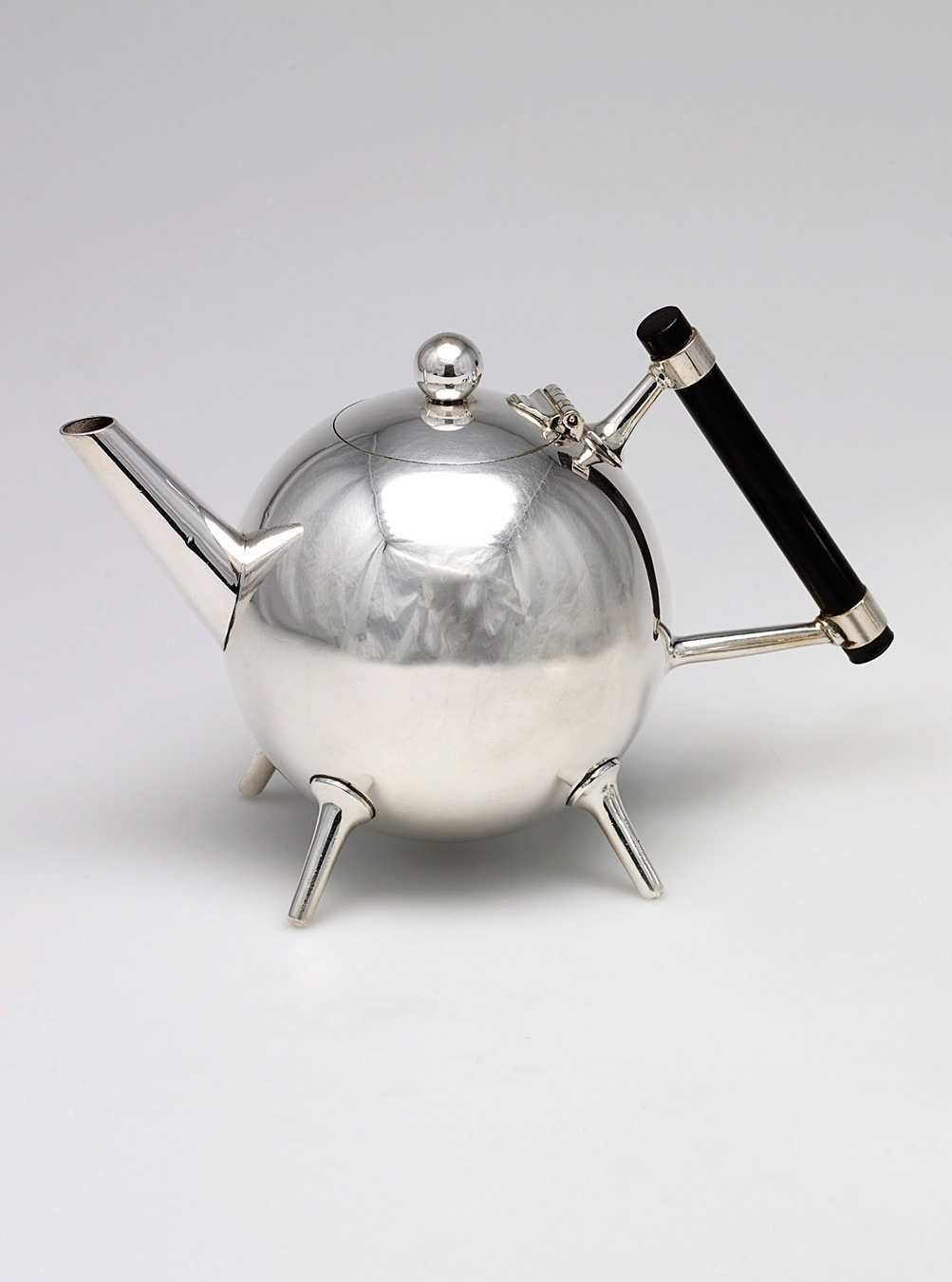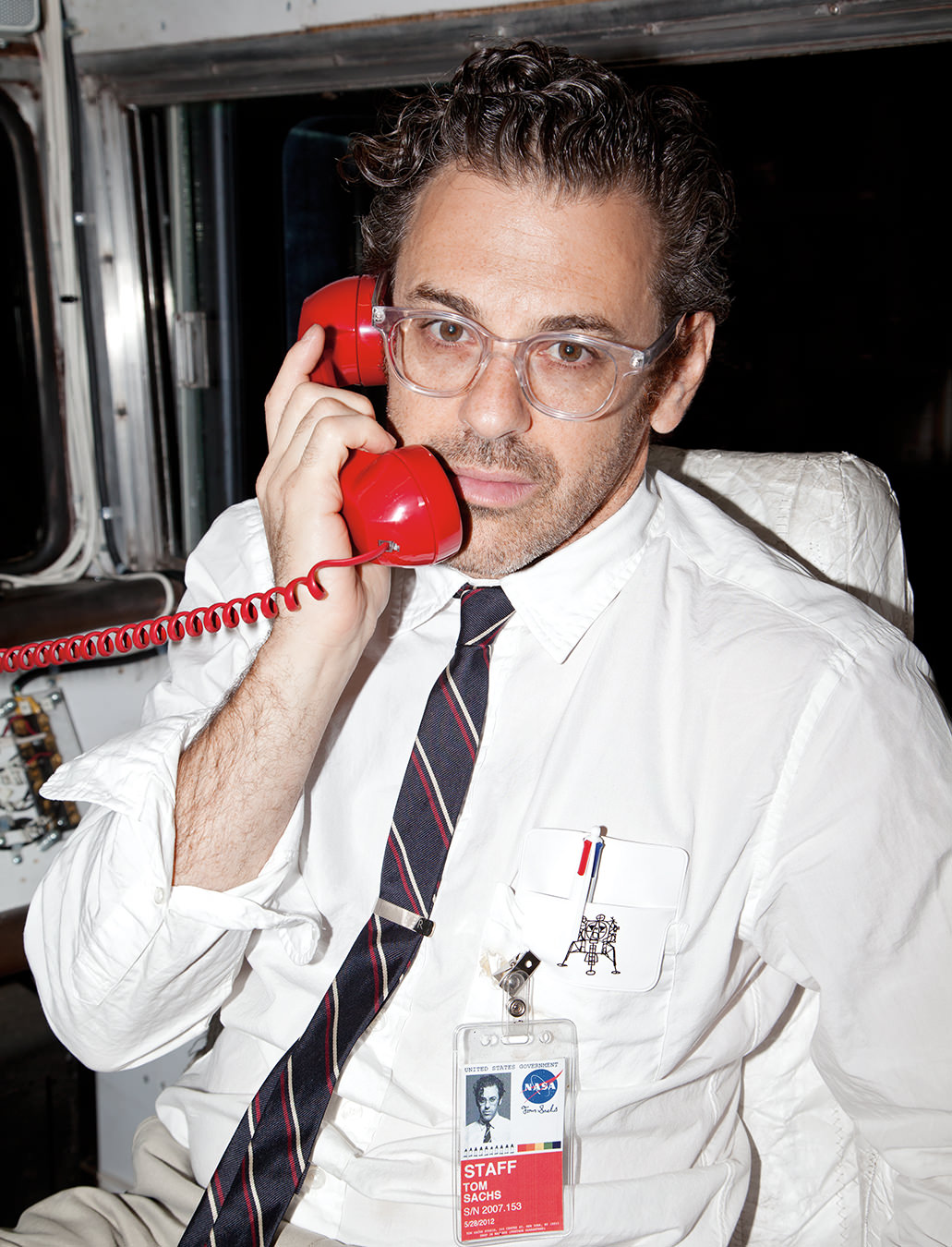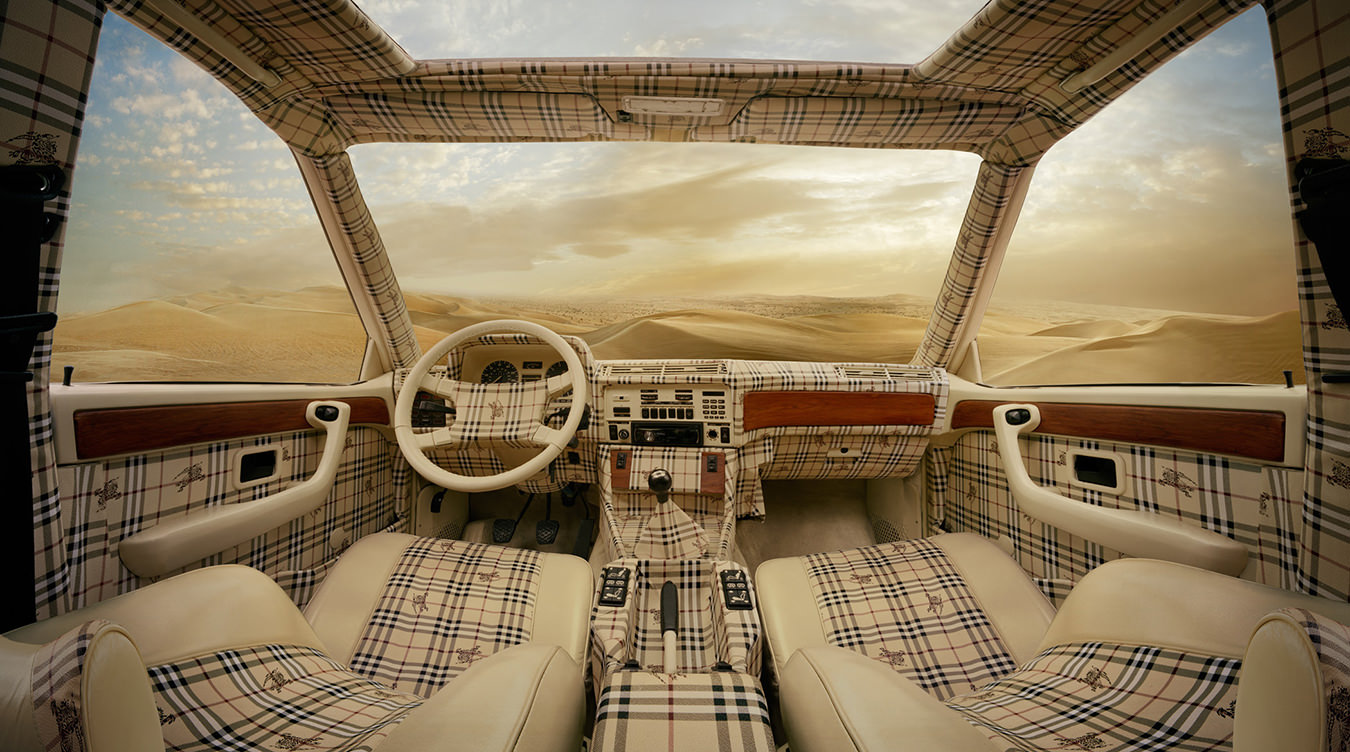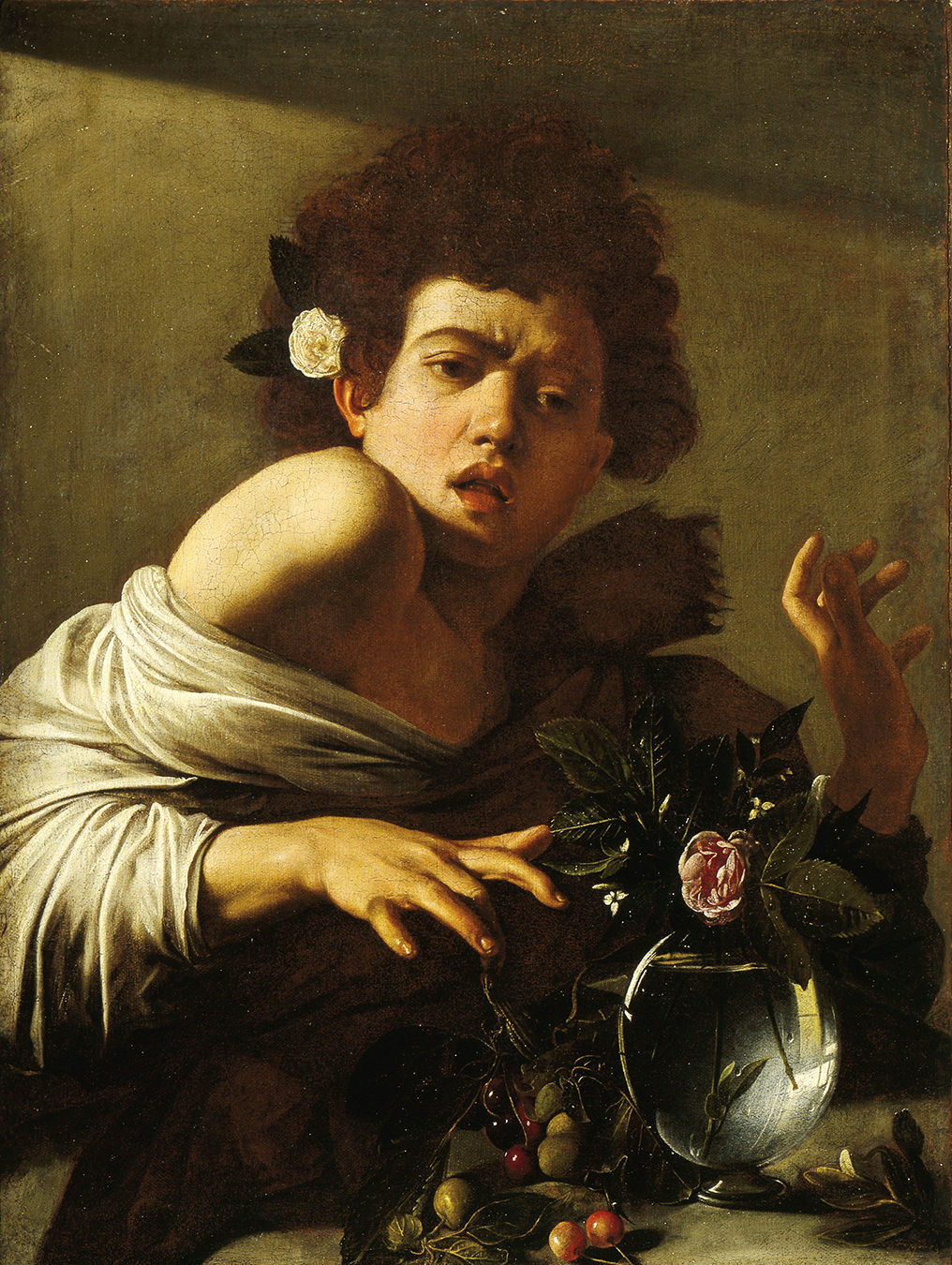-

Douglas Coupland’s Vortex at the Vancouver Aquarium examines ocean plastic pollution through an artistic lens.
-

The installation incorporates marine debris found along the shores of Haida Gwaii, B.C.
-
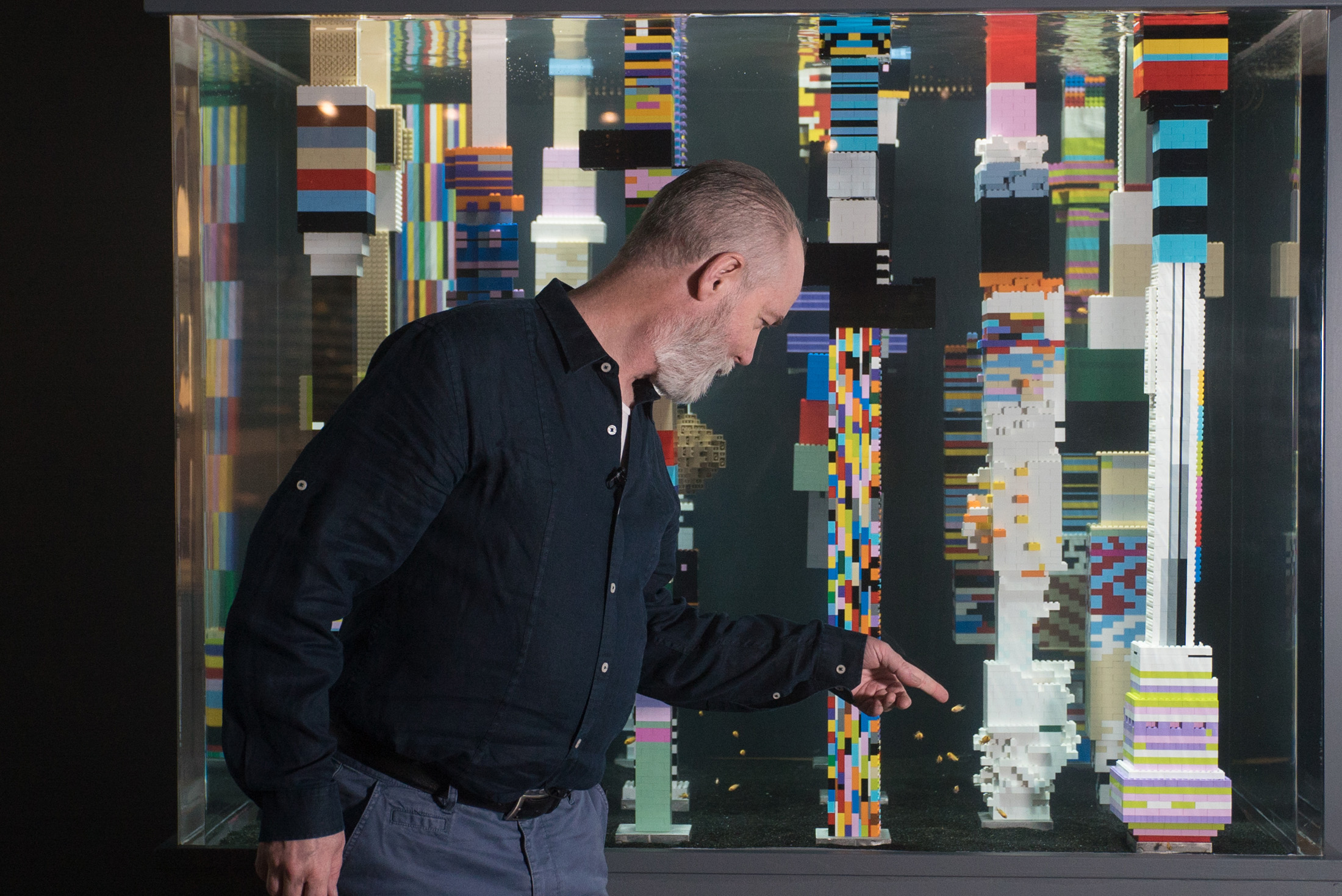
Vortex includes smaller displays that further expand on the complex relationship between humans and plastic.
-

Small fish swim amid a colourful LEGO “reef”.
-
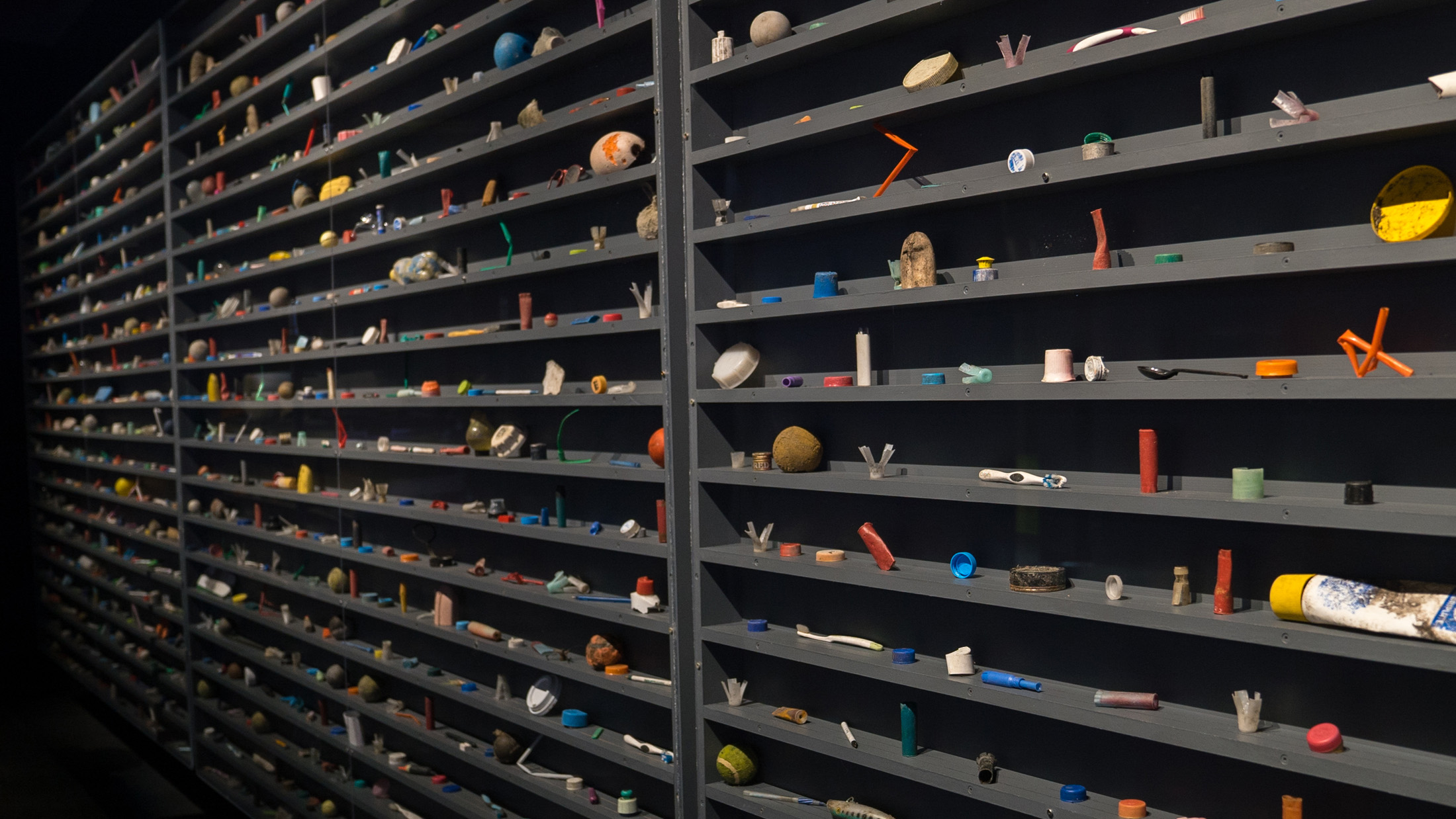
A wall showcases the “dirty dozen”, the most ubiquitous types of litter on our shores.
-
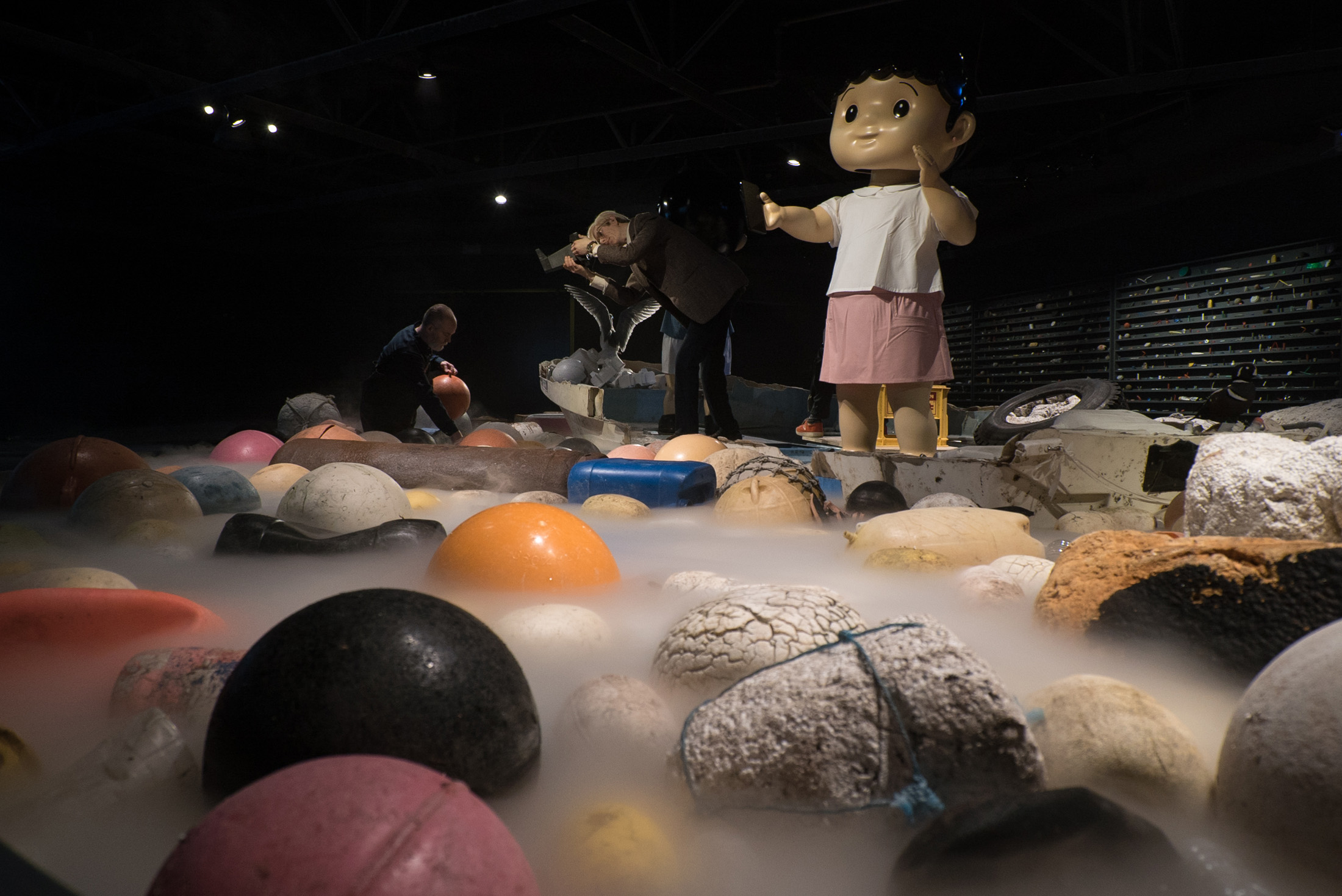
Vortex is a year-long exhibition at the Vancouver Aquarium.
Vortex at the Vancouver Aquarium
A Douglas Coupland exhibition.
Amidst the colourful marine life on display at the Vancouver Aquarium is a disparate sight: a 50,000-litre basin filled with a deluge of empty water bottles, Styrofoam chunks, and tangles of discarded fishing net. This art piece serves as the focal point of Vortex, a new exhibition at the Vancouver Aquarium by acclaimed Canadian artist Douglas Coupland examining ocean plastic pollution through an artistic lens. Nineteen feet wide and 41 feet long, the large-scale installation, which incorporates marine debris found along the shores of Haida Gwaii, B.C., is Coupland’s creative interpretation of the Pacific trash vortex, a gyre of floating microplastics and marine debris in the Pacific Ocean roughly three times the size of France.
Within the basin, floating amidst the garbage, an old Japanese fishing boat holds four figures that embody the past, present, and future of our relationship with plastics: a representation of Andy Warhol depicts a time when plastics were considered innovative and glamorous; an African migrant represents the current global turmoil involved in plastics, politics, and power; and two cartoonish children snapping cell phone photos of their surroundings represent a hopeful future—one in which we face the realities of our environment and take action to change it.
In addition to the feature installation, smaller displays further expand on the complex relationship between humans and plastic—small fish swim amid a LEGO “reef”, plump jellyfish pulse alongside tumbling water bottles, and a wall showcases the “dirty dozen”, the most ubiquitous types of litter on our shores.
The installation is Coupland’s creative interpretation of the Pacific trash vortex, a gyre of floating microplastics and marine debris in the Pacific Ocean.
Coupland has worked with plastic for the past two decades, at first, considering it to be “eternal, shiny, and happy”. As he recalls, “In ’99 in Tokyo, I had this sort of magic ‘ahh’ moment in the cleaning products aisle of a department store. They had these beautiful candy coloured bottles.” He brought them home to Canada and displayed them at the Vancouver Art Gallery for his 2014 exhibition, everywhere is anywhere is anything is everything.
However, four years ago, a visit to Haida Gwaii shifted Coupland’s perspective when he came across marine debris from the 2011 Japan earthquake and tsunami. “One of the bottles identical to the ones I got washed up at my feet. And then something snapped,” says Coupland. “I got kind of obsessed with Pacific trash gyres, or the vortex, the garbage patch. And I was kind of amazed that there are no photos of it.” And so, Vortex was born as Coupland’s way of visualizing the ocean plastic crisis, in hopes that visitors will feel connected to the issue and therefore, compelled to make a change—in particular, reducing the use of single-use plastics like straws, coffee cup lids, and takeout containers.
“I do think behaviour is changeable. Change happens and when it happens, it happens very, very quickly,” says Coupland. “You couldn’t possibly remember the day disco died, but disco was around for like five years, and then it just vanished. I think we’re on the cusp of that moment [for plastic], and this is just part of getting there.”
Vortex is a year-long installation that will be on display at the Vancouver Aquarium starting May 18, 2018.
Photos by Ocean Wise.
_________
Never miss a story. Sign up for NUVO’s weekly newsletter, here.

